The Ultimate Companion Planting Chart For Celery
Title: The Ultimate Companion Planting Chart for Celery
Introduction:
Celery is a delicious and versatile vegetable that can be enjoyed in a variety of dishes. But did you know that companion planting can help your celery plants grow healthier and more productive?
Companion planting is the practice of planting certain plants together in order to benefit each other. Some plants help to repel pests, while others improve the soil quality or attract beneficial insects. By planting celery with the right companion plants, you can help to boost its growth and protect it from harmful pests.
In this blog post, we will discuss the best companion plants for celery. We will also provide a companion planting chart that you can use to plan your garden.
Main Content:
Good Companion Plants for Celery:
- Beans: Beans are nitrogen-fixing plants, which means they can add nitrogen to the soil. This can help to improve the growth of celery, which is a heavy feeder. Beans can also help to shade celery from the sun, which can help to prevent it from bolting (flowering too early).

- Cabbage Family: The cabbage family, which includes plants like broccoli, cauliflower, and Brussels sprouts, can help to repel pests that target celery. These pests include the white cabbage moth and the cabbage looper.
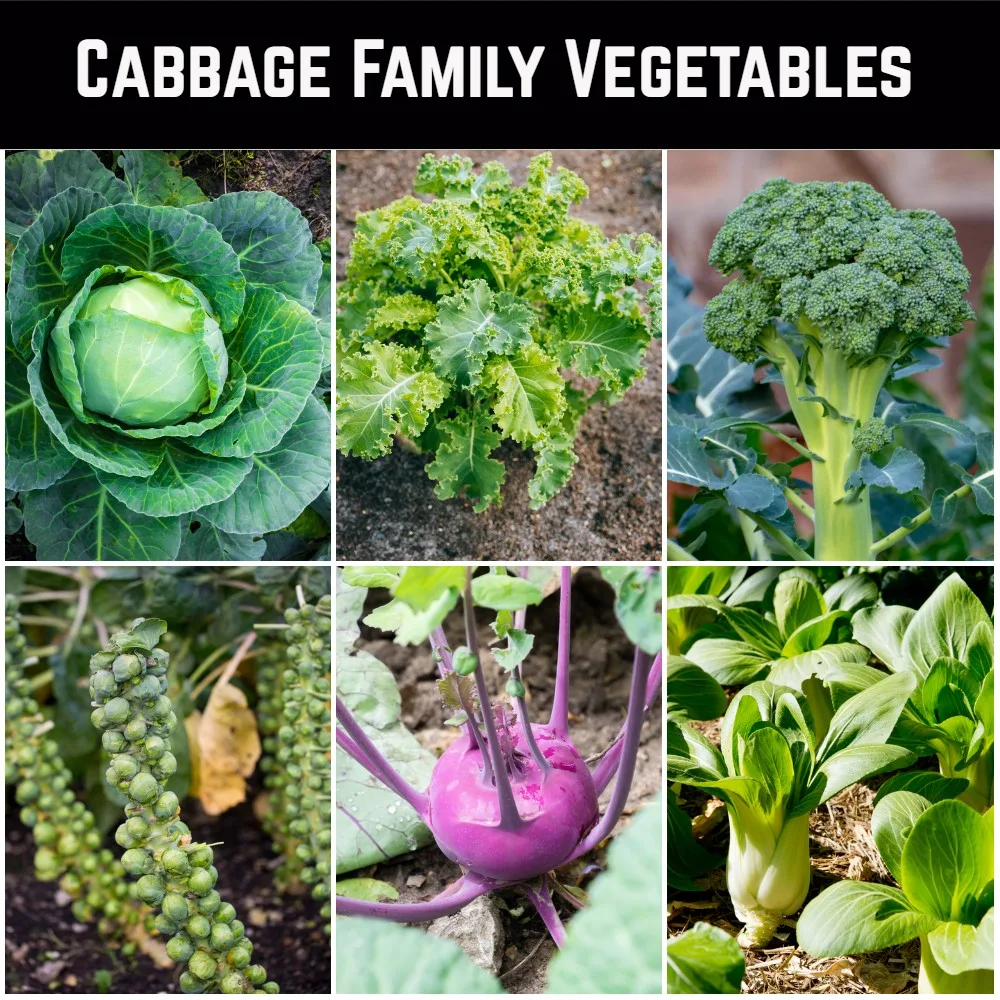
- Alliums: Alliums, such as onions, garlic, and leeks, have strong scents that can repel pests. They can also help to improve the flavor of celery.

- Spinach: Spinach can help to attract beneficial insects, such as ladybugs and lacewings, which can help to control pests. It can also help to suppress weeds.
- Tomatoes: Tomatoes can help to repel nematodes, which are microscopic worms that can damage celery roots. They can also help to improve the flavor of celery.
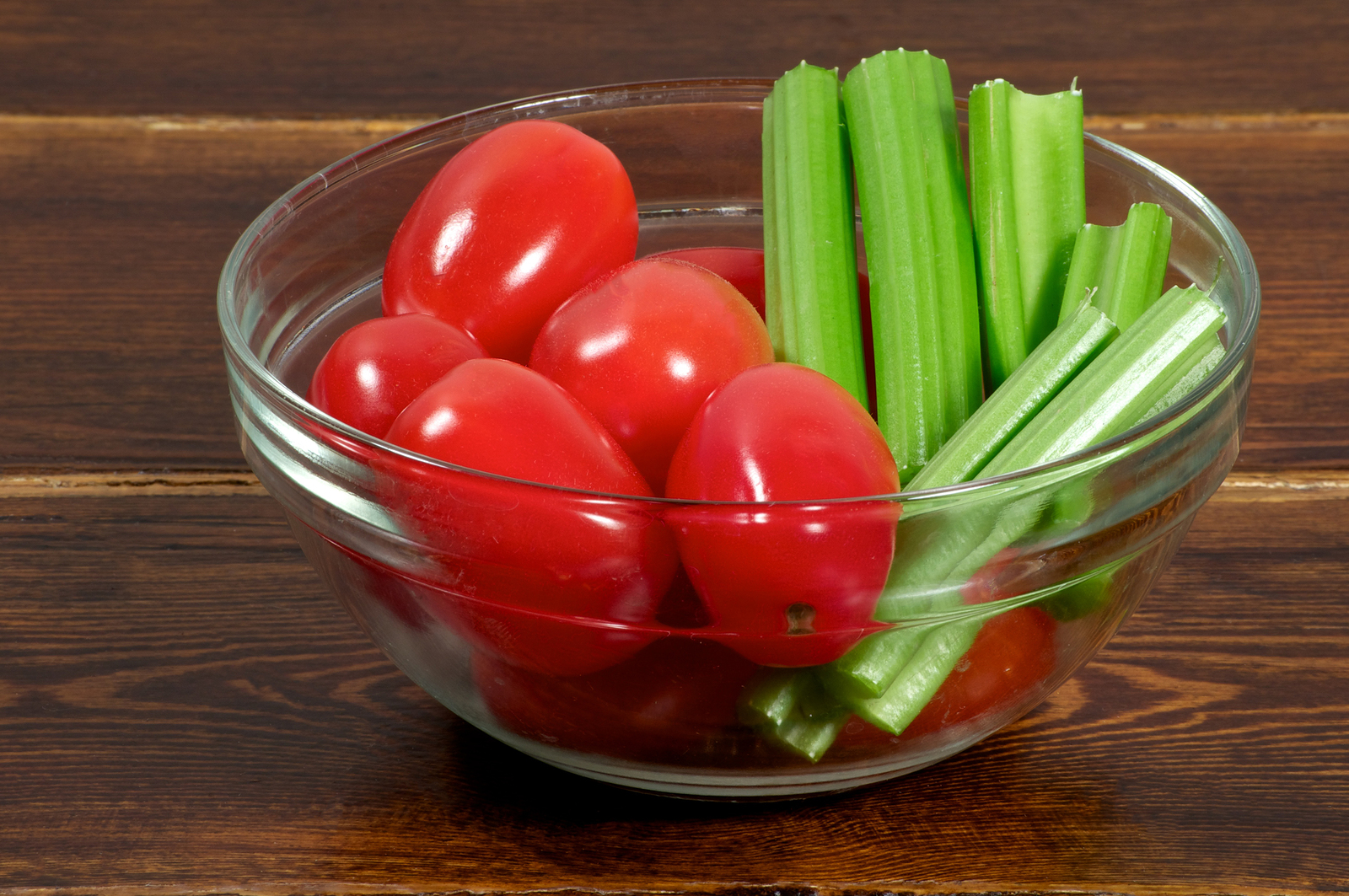
Bad Companion Plants for Celery:
- Carrots: Carrots and celery are both members of the Apiaceae family, and they can compete for nutrients and water. They can also spread diseases to each other.
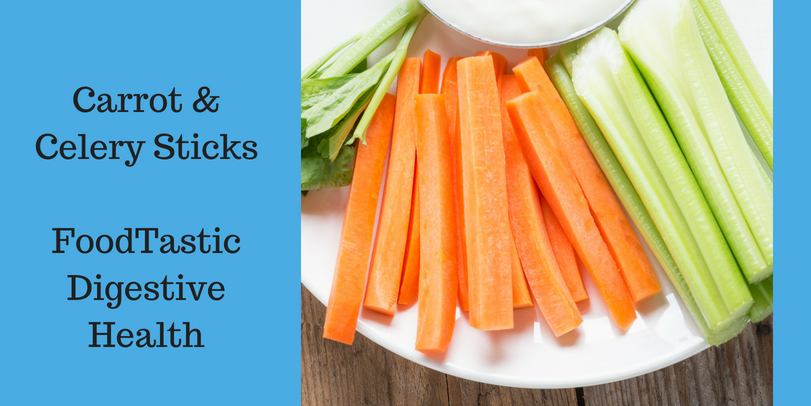
- Parsnips: Parsnips are also members of the Apiaceae family, and they can compete with celery for nutrients and water. They can also spread diseases to each other.
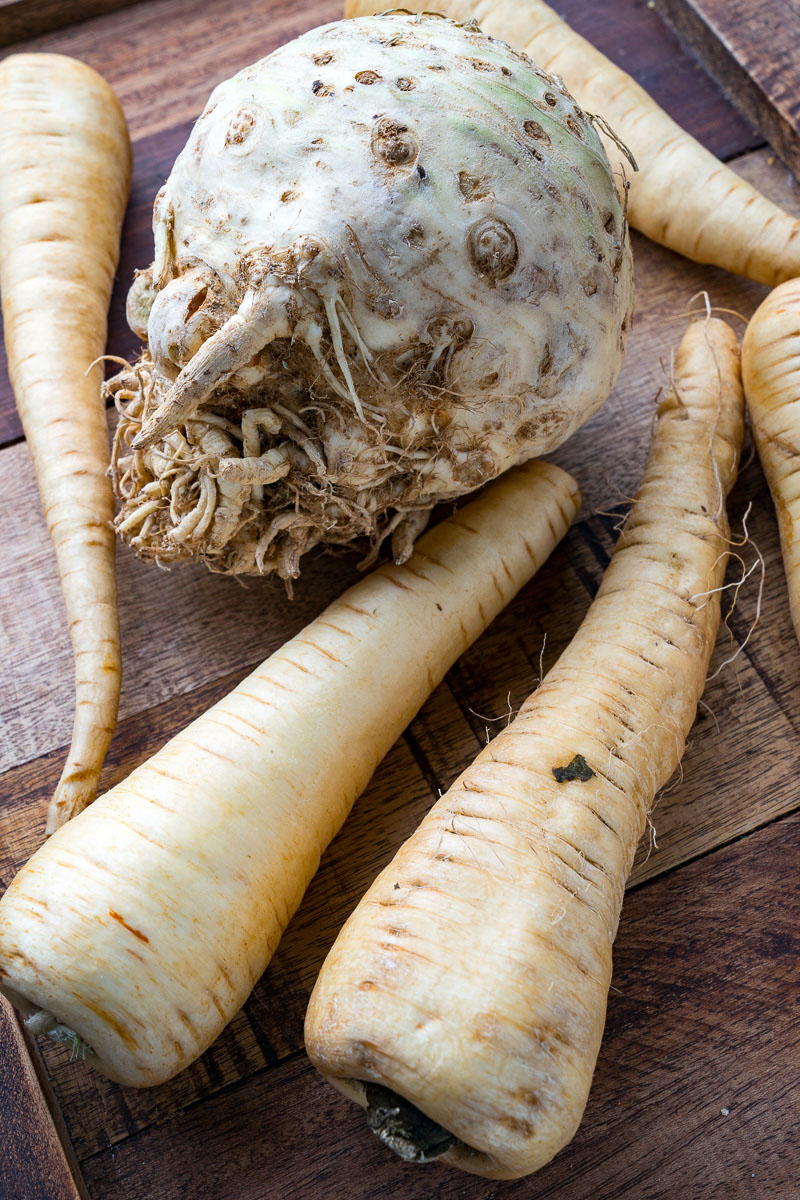
- Turnips: Turnips are also members of the Apiaceae family, and they can compete with celery for nutrients and water. They can also spread diseases to each other.
Companion Planting Chart:
The following chart shows some of the best and worst companion plants for celery.
| Companion Plant | Good | Bad |
|---|---|---|
| Beans | Yes | No |
| Cabbage Family | Yes | No |
| Alliums | Yes | No |
| Spinach | Yes | No |
| Tomatoes | Yes | No |
| Carrots | No | Yes |
| Parsnips | No | Yes |
| Turnips | No | Yes |
Conclusion:
Companion planting is a great way to boost the growth and productivity of your celery plants. By planting celery with the right companion plants, you can help to repel pests, improve the soil quality, and attract beneficial insects.
The companion planting chart in this blog post can help you to plan your garden and choose the best companion plants for celery. With a little planning, you can enjoy a bountiful harvest of celery all season long.
Are you looking for the best companion plants for celery? If so, you've come to the right place! Our companion planting chart celery Home Gardening provides a comprehensive list of plants that can be grown successfully alongside celery. We also include information on the benefits of companion planting, as well as tips on how to create a successful companion planting scheme in your own garden.
Our companion planting chart celery is based on years of research and experience, and we are confident that it will help you to grow healthy and productive celery plants. So what are you waiting for? Visit our website today to learn more!
FAQ of companion planting chart celery
- What are some good companion plants for celery?
Some of the best companion plants for celery include:
Strong-smelling herbs: These herbs, such as mint, dill, rosemary, and thyme, have a strong scent that can repel pests from celery. They can also attract pollinators, which can help to improve the celery's yield.
Flowers: Flowers such as marigolds, nasturtiums, and cosmos can also be good companion plants for celery. They can help to attract pollinators and deter pests.
Members of the brassica family: Celery can help to repel pests that attack brassicas, such as cabbage moths and whiteflies.
Other root vegetables: Celery can be planted alongside other root vegetables, such as carrots, potatoes, and radishes. These plants can help to improve the soil quality and provide shade for celery.
What are some plants that should not be planted near celery?
Some plants that should not be planted near celery include:
Tomatoes: Tomatoes can attract the same pests as celery, so it is best to avoid planting them together.
Peas: Peas can compete with celery for nutrients and water.
Cucumbers: Cucumbers can attract the same pests as celery, so it is best to avoid planting them together.
How can I use a companion planting chart to help me grow celery?
A companion planting chart can help you to choose the best plants to grow near celery. The chart will show you which plants are compatible with celery and which plants should be avoided. By using a companion planting chart, you can help to improve the health and productivity of your celery plants.
- What are some other benefits of companion planting?
In addition to helping to repel pests and improve the soil quality, companion planting can also help to:
Attract pollinators
Improve air circulation
Provide shade
Suppress weeds
How can I learn more about companion planting?
There are many resources available to help you learn more about companion planting. You can find books, articles, and websites that provide information on companion planting charts, tips, and strategies. You can also talk to experienced gardeners or attend gardening workshops.
Image of companion planting chart celery
- Celery and beans - Beans fix nitrogen in the soil, which celery benefits from.

- Celery and carrots - Both celery and carrots repel pests, so they can be planted together to protect each other.
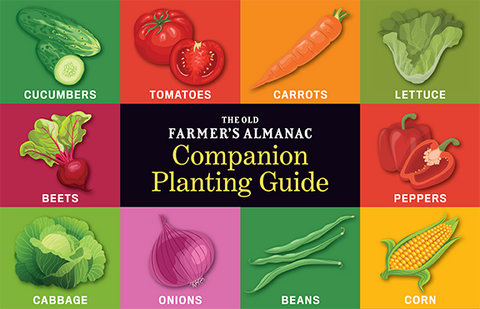
- Celery and chives - Chives repel aphids, which can be a problem for celery.

- Celery and cucumbers - Cucumbers attract pollinators, which can help celery to set fruit.

- Celery and garlic - Garlic repels aphids, which can be a problem for celery.

- Celery and lettuce - Lettuce doesn't compete with celery for nutrients, so they can be planted together.

- Celery and onions - Onions repel carrot flies, which can be a problem for celery.

- Celery and peas - Peas fix nitrogen in the soil, which celery benefits from.

- Celery and tomatoes - Tomatoes attract pollinators, which can help celery to set fruit.

- Celery and strawberries - Strawberries attract pollinators, which can help celery to set fruit.


Post a Comment for "The Ultimate Companion Planting Chart For Celery"